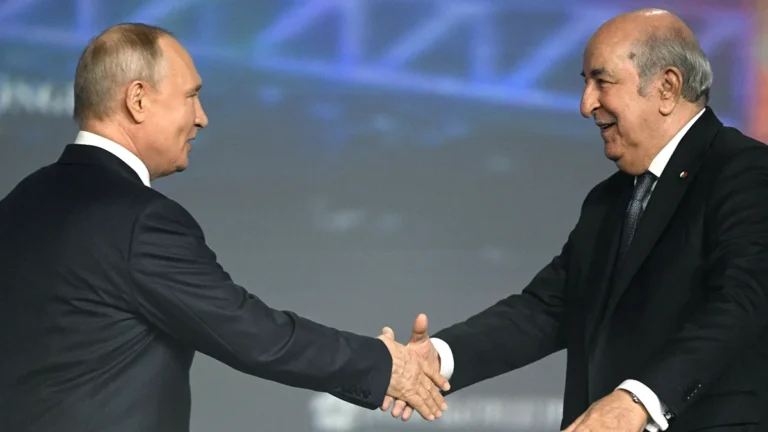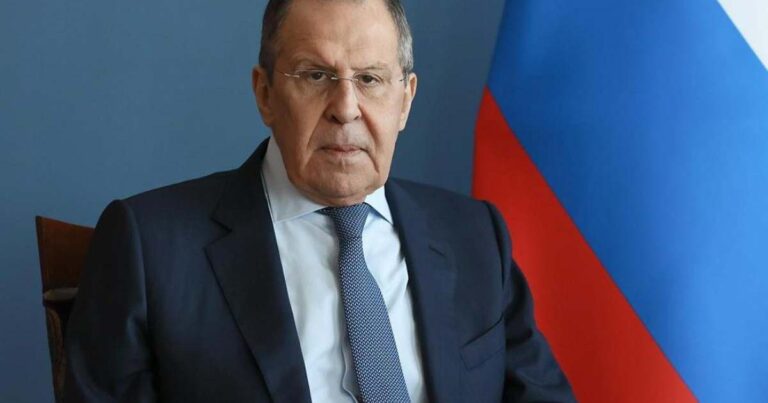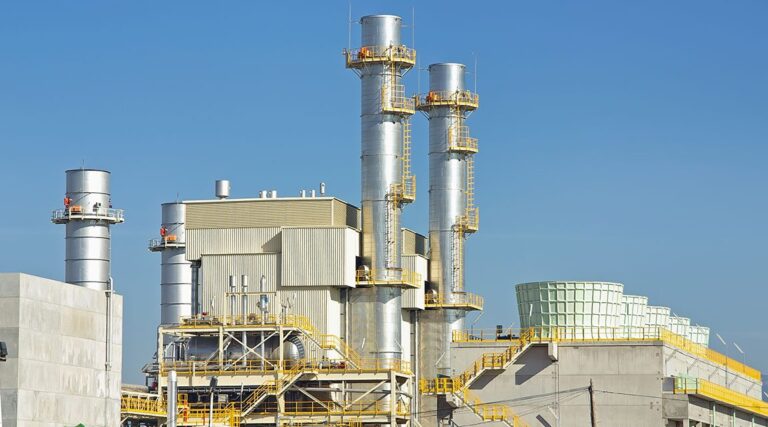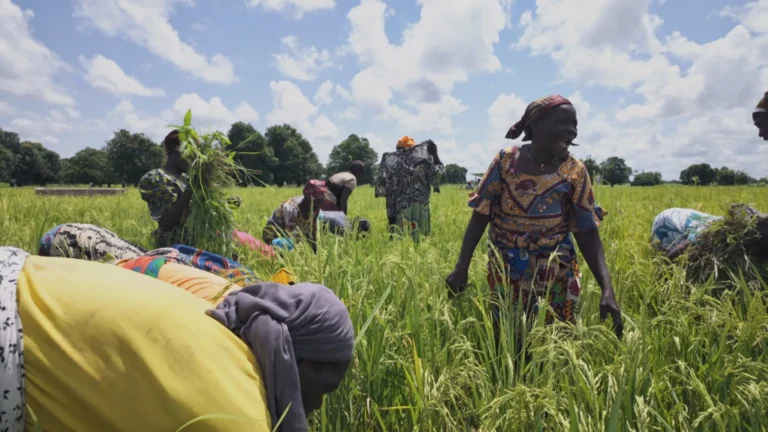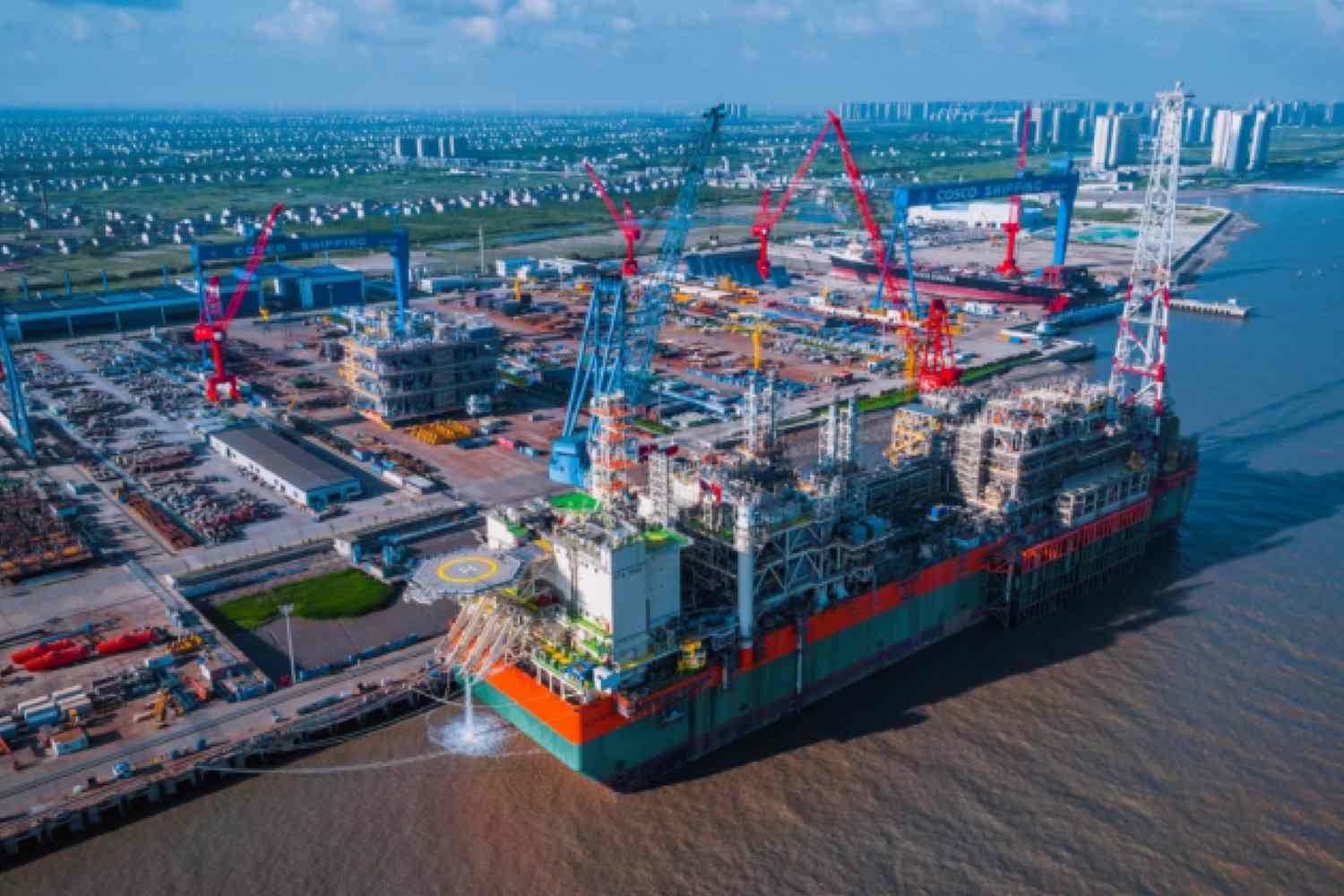
One year after Senegal’s first oil extraction, the nation is positioning itself firmly among Africa’s emerging producers, with a resolute commitment to transparency, sovereignty, and local economic transformation.
Senegal’s government aims to harness its hydrocarbon wealth as a catalyst for inclusive and sustainable development.
In June 2025 alone, the Sangomar offshore field exported 2.9 million barrels of crude oil, contributing to a quarterly total of 9.63 million barrels and an annual forecast of 30.53 million barrels.
Meanwhile, the Grand Tortue Ahmeyim (GTA) cross-border gas project saw two cargoes of liquefied natural gas shipped in June, further bolstering Senegal’s energy exports.
Cheikh Niane, Secretary General of the Ministry of Energy, Petroleum and Mines, summed up the nation’s ambitions during a recent roundtable: “We have about 100,000 barrels per day.
And a few weeks ago, we began exporting liquefied natural gas. We plan to go up to 2.5 million tons per year.”
Beyond production figures, Niane emphasized a deeper principle: “Natural resources belong to the people, not to the state,” underscoring the government’s efforts to foster continuous dialogue with civil society, elected officials, and businesses to guarantee fair and transparent resource management.
In tandem, the ministry is cracking down on sector abuses.
An audit revealed that 491 of 513 mining titles failed to comply with regulations. “At the end of July, we will hold open days to allow non-compliant stakeholders to regularize their situation,” Niane announced.
Yet, challenges remain. The Extractive Industries Transparency Initiative (EITI) report for the first half of 2024 revealed hydrocarbon revenues reached 45.79 billion CFA francs, buoyed by exceptional payments from Woodside Energy.
However, Thialy Faye, President of the National EITI Committee, cautions: “Senegal is entering the era of oil and gas production, a long-awaited phase, bringing considerable opportunities but also systemic risks if it is not governed by rigorous governance.”
Faye criticized the current model’s focus on exporting raw materials without value addition. “In 2023, export production was 1,110 billion CFA francs, but the contribution to the budget was only 346 billion.
These figures invite us to change course, method, and pace,” he said, advocating for integrated industrialization to produce electricity, fertilizers, and materials locally.
Civil society echoes these calls for greater involvement. Elimane Kane, president of LEGS Africa, stresses that “the state still has a long way to go in terms of contractual transparency.”
He calls for “a paradigm shift” in contracts to ensure resources fuel sustainable economic transformation.
Kane argues that “democratic governance implies active participation of citizens and local authorities,” urging the inclusion of local groups at all decision-making levels.
Public policy expert Sokhna Assiatou Diop, Head of Public Policy and Budget Credibility at IBP Senegal, sees the energy sector as a strategic opportunity: “Revenues from the extractive sector could represent between 5 and 7% of GDP by 2030. But wealth will only come if it is processed locally.”
She calls for updating Senegal’s outdated 2004 investment code to promote tax incentives for local value creation and strengthen fiscal governance.
As hydrocarbons weave into Senegal’s economic fabric, a broad consensus is emerging: the sector’s success hinges not merely on production volumes, but on political will, institutional integrity, and economic foresight. Transparency, social justice, and transformation stand as pillars of a sovereign, sustainable model poised to shape Senegal’s future.
